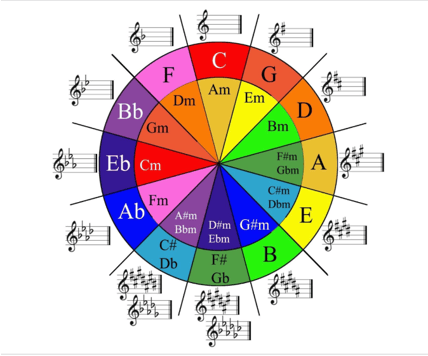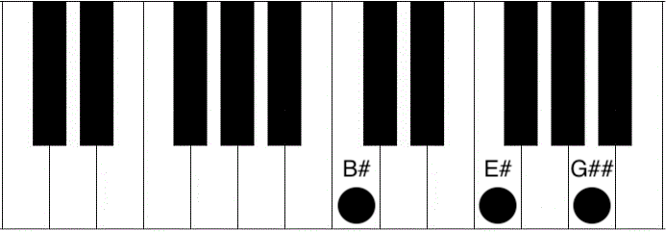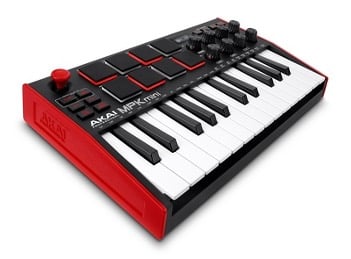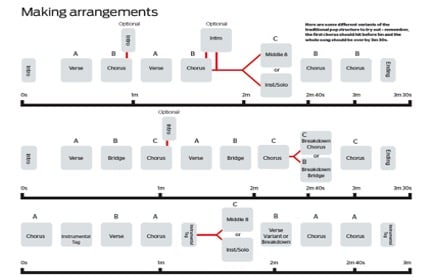In case you missed them, read Part 1 here, Part 2 here, Part 3 here, Part 4, Part 5 and Part 6 here.
Music Theory
Being a music producer doesn't always mean you need to know a ton about music theory, but there is a huge advantage to knowing the basics. Either using samples or branching into writing full original songs, understanding music theory will come in handy down the line.

The Circle Of Fifths
The circle of fifths is a simplified way to understand the basic components of major and minor scales in music. It would take much more than a paragraph to explain the circle of fifths in its entirety but to break it down the circle of fifths shows the relationship and order of the major and minor scales. Each outer letter representing a major scale and each inner letter representing its relative minor. If you work your way clockwise around the circle you'll see all the notes in that scale. For example, the relative minor scale to C-major is A-minor. This means they have the same notes but are arranged in a different order. Studying the circle of fifths and memorizing each major and minor scale, their notes, and their relatives will lend you a better understanding of musical patterns.

Chord Structure
Chord structure and scales go hand in hand when it comes to music theory. A chord is simply a series of notes played at the same time to produce a specific sound. Learning your major & minor chord structure as well as your major & minor scales will give you an advantage when writing or producing music. You never know when knowing the key of a song could come in handy. Practicing your chords or writing chords on the piano will help you produce more creatively

Use A Piano
Applying the circle of fifths and basic music theory is best done using a piano. You can even download a free version on your phone or computer to practice. Each DAW will have a stock piano and there are plenty of free versions out there to choose from. Working your way up and down the keys of a piano using different scales, and patterns will help you train your ear to listen for certain pitches. If you practice your major and minor scales you'll begin to hear the differences in tones allowing you to identify them in samples, loops, and even songs. You'll begin to have a better understanding of your DAWs midi features, most commonly displayed as a piano keyboard. You'll be able to begin writing songs while understanding the difference in pitch and tone.

Arrangement, Genre & Style
Understanding the structure of a song or genre of music is important as a music producer. For example, a common EDM record has an intro, buildup, and a drop whereas a pop record has an intro, verse, pre-chorus, and chorus. Knowing how to structure a song and the common types of song structure can help you better arrange your music. This doesn't mean there's no room for experimentation, it's more of a guide for you to see how it's been done before. If you study different types of song structure you'll begin to see the style of other producers. Seeing how genres evolve and change over time. It also lends a better perspective on where the music is coming from and the reason certain producers use their technique.

















_Cropped.png?width=1600&name=02%20(2)_Cropped.png)




















Your Comments :